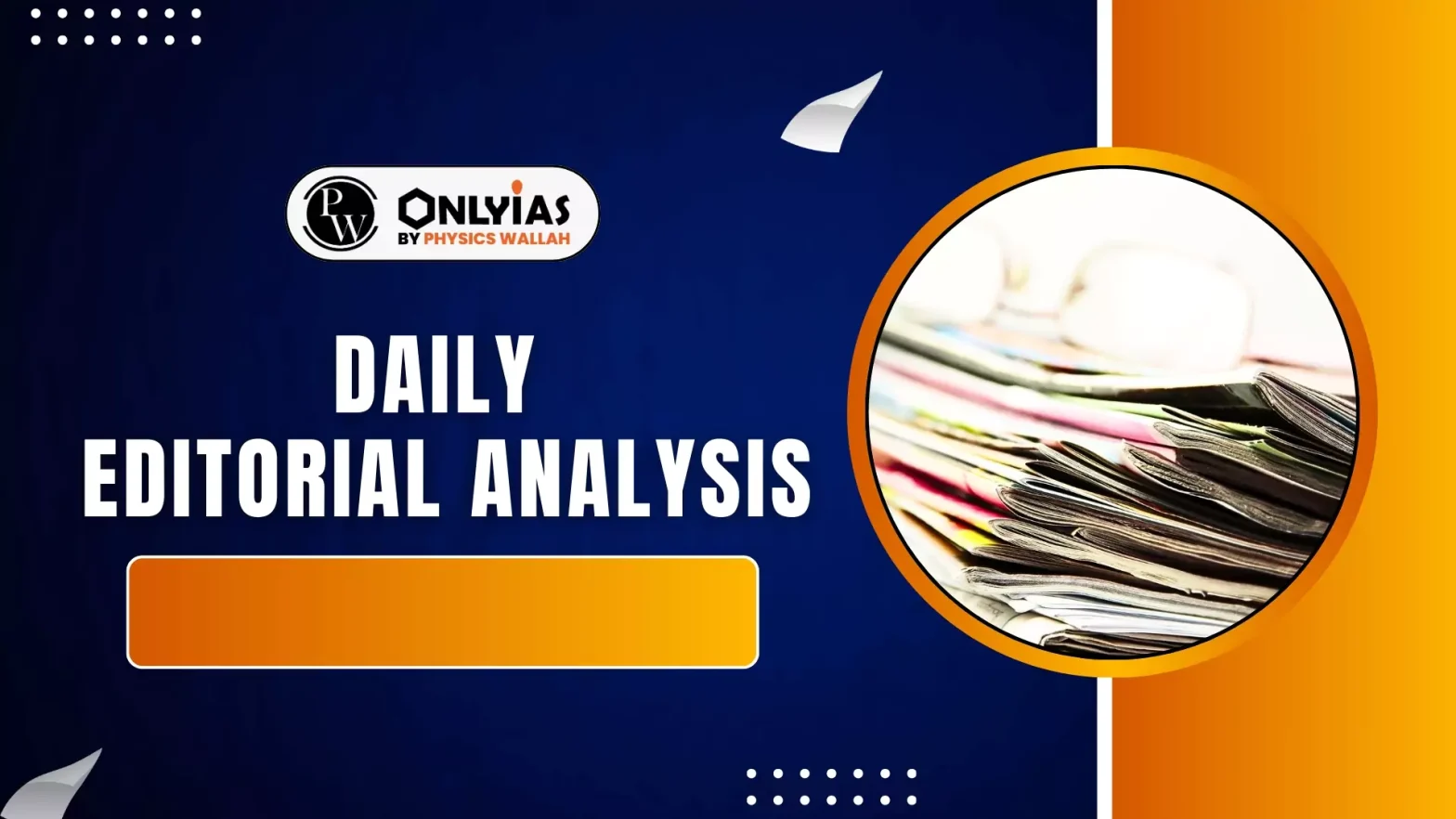India’s Goods and Services Tax (GST) was introduced with the visionary goal of creating a “Good and Simple Tax” and a “One Nation One Tax” system.
- However, eight years since its implementation, the GST framework has become increasingly complex, necessitating urgent reforms to achieve its original objective of simplification and foster economic growth.
- A shift towards a single all-India identification mandate for GST is now an undisputed requirement.
Background and the Current Complexity
- The initial vision for GST was a unified tax system across the country.
- However, India’s federal structure led to a dual GST system, comprising Central GST (CGST), State GST (SGST), and Integrated GST (IGST) for inter-state trade.
- This inherent duality, while reflecting federal realities, has inadvertently led to fragmentation, reminiscent of the cumbersome Value Added Tax (VAT) era it sought to replace.
- Under the current system, while there is a national-level GST filing system, businesses must file individual returns for each state where they operate.
- This requires separate usernames and passwords for each state, creating a significant compliance burden for small and medium enterprises, who may lack the resources to hire dedicated accountants or deal with such complexity.
Key Challenges Facing the Current GST Framework
- Excessive Compliance Burden: The need for multi-state registration and separate filings dramatically increases the workload for businesses, particularly those operating across state lines.
- Inter-Governmental Settlement Issues (IGST): There are significant issues in the settlement of inter-state GST, with over ₹10,000 crore in excess allocations requiring resolution by internal committees.
- Technological and Digital Gaps: While digitisation is progressing (e.g., e-invoicing for B2B transactions), extending it comprehensively requires addressing operational challenges.
- Reduced Ease of Doing Business: The complexity discourages formal compliance, potentially leading businesses to engage in informal activities to avoid the intricate tax procedures.
- Revenue Allocation Complexity: The current destination-based consumption tax system, combined with multi-state registration, complicates the precise allocation of revenue to states.
Benefits Of simplified system
- Reduced Compliance Cost: Businesses will experience a significant reduction in compliance costs, as they no longer need to manage multiple state-specific registrations and filings.
- Enhanced Ease of Doing Business: A simplified, unified system will make it easier for businesses to operate across state borders, fostering inter-state trade and economic integration.
- Improved Tax Collection and Allocation: A centralized, automated system will lead to easier and more efficient tax collection. The availability of comprehensive e-invoice data will also facilitate accurate destination-based revenue allocation to states.
- Increased Efficiency and Reduced Leakage: Automation through e-invoicing and a single GSTIN will enhance the overall efficiency of the tax administration. It will also help in reducing tax leakage, ensuring better collection for the government.
- Boost to Economic Growth: A simpler and more transparent tax regime will encourage more businesses to formally comply, expand their operations, and invest, ultimately contributing to overall economic growth and national development.
Way Forward
- Mandatory E-invoicing for Business-to-Consumer (B2C) Transactions: Currently, e-invoicing is mandatory for Business-to-Business (B2B) transactions.
- Extending this to B2C transactions will automate GST calculations for all sales, significantly simplifying compliance for taxpayers.
- When a retailer purchases from a wholesaler, an e-bill is generated and GST filed; mandating e-bills for sales to consumers will ensure continuous and automatic GST calculation, removing the need for repeated manual filings.
- Implementation of PAN 2.0 and a Single, PAN-Based GSTIN: The PAN 2.0 initiative aims to update and integrate PAN numbers with business activities.
- The core proposal is to introduce a single, PAN-based GSTIN (GST Identification Number) that is valid and functional across the entire country.
- This will eliminate the requirement for businesses to obtain and manage multiple GST registrations in different states, drastically reducing the compliance burden and the headache for traders.
- Unified GST Portal: A single, unified portal for all GST-related facilities, integrated with PAN 2.0, will provide a centralized platform for taxpayers to manage all their GST obligations.
- This will streamline the filing process and improve overall administrative efficiency.
- Learning from Global Models: India can draw inspiration from successful global models, such as the United Arab Emirates (UAE), where a single VAT number operates uniformly nationwide, whether for intra-emirate or inter-emirate transactions. This demonstrates the feasibility of a truly unified tax identification system.
- Prioritization by the GST Council: The GST Council must prioritize these simplification measures in its upcoming meetings. Their active commitment is crucial for driving these systemic reforms and ensuring their effective implementation.
Conclusion
By embracing comprehensive e-invoicing and a unified PAN-based GSTIN, India can unlock significant economic efficiencies, reduce the compliance burden on businesses, and strengthen its fiscal framework.
- Prioritizing these reforms is not merely an administrative adjustment; it is a strategic imperative for accelerating India’s economic trajectory and enhancing its global competitiveness.
![]() 19 Jul 2025
19 Jul 2025

